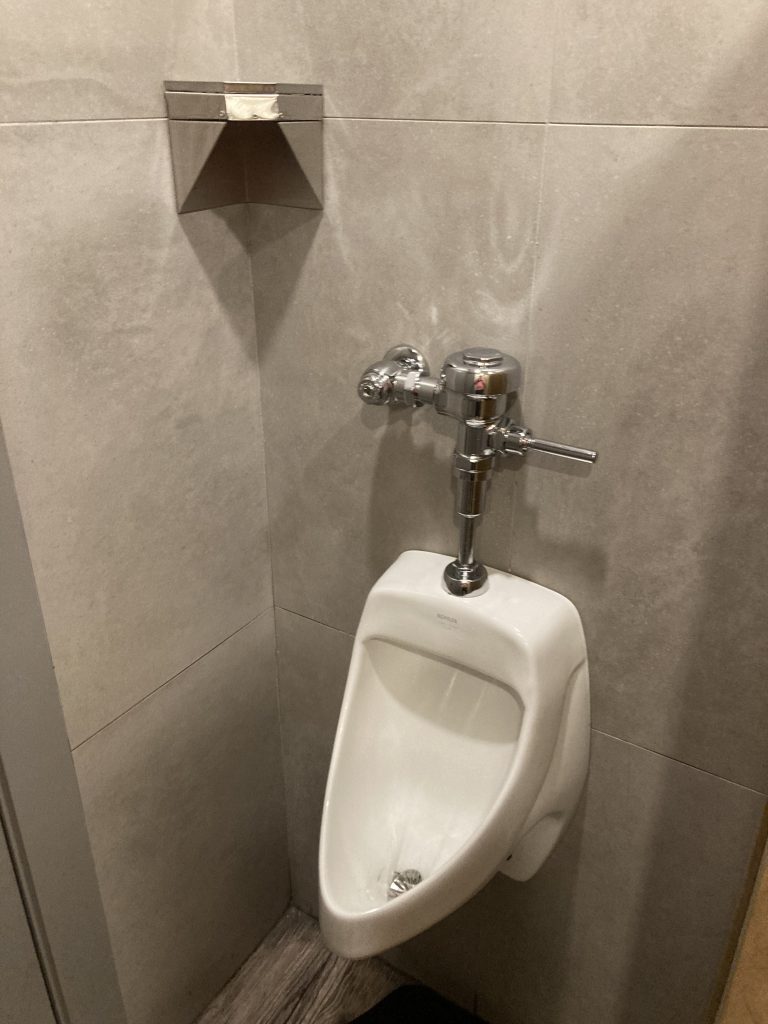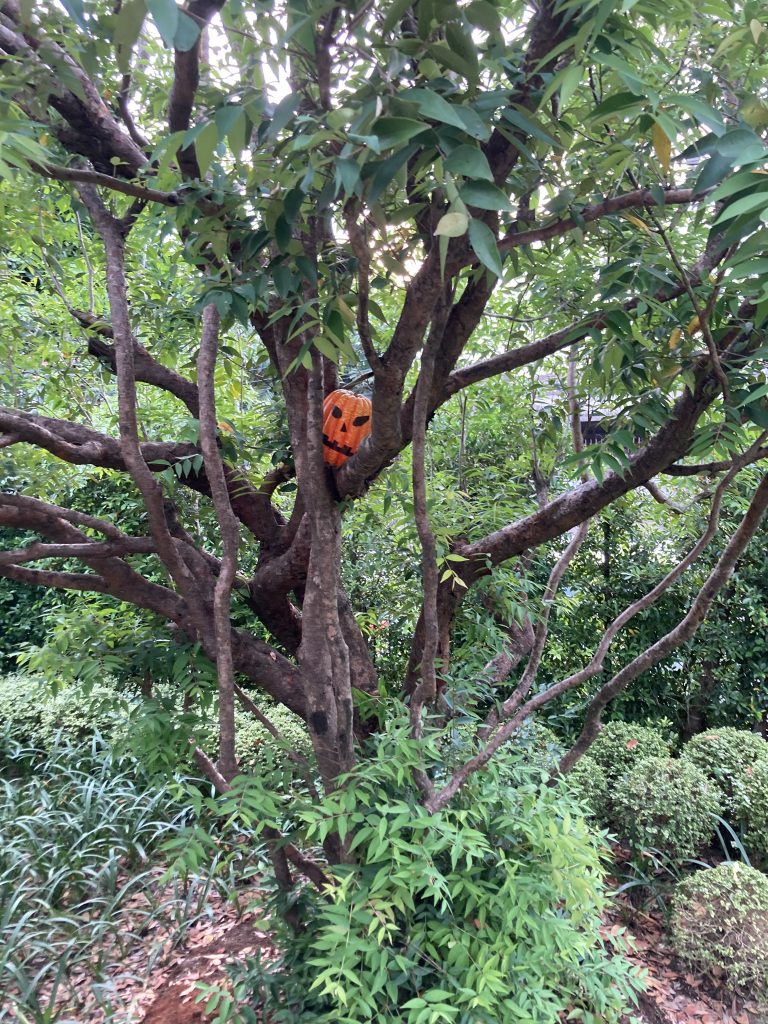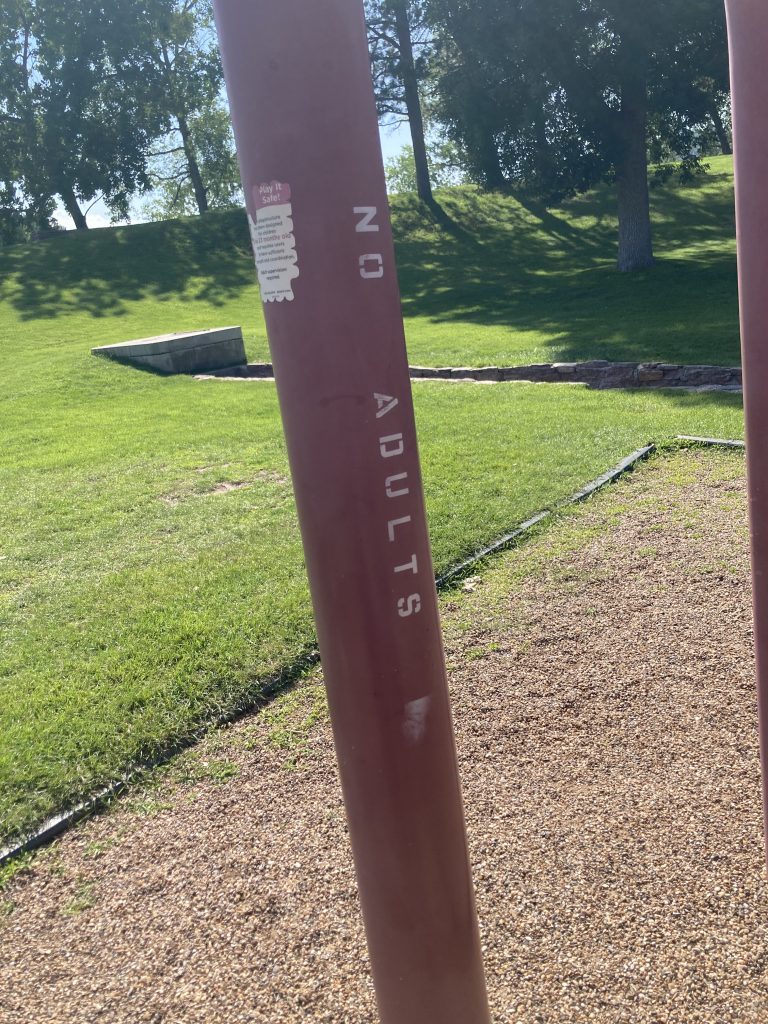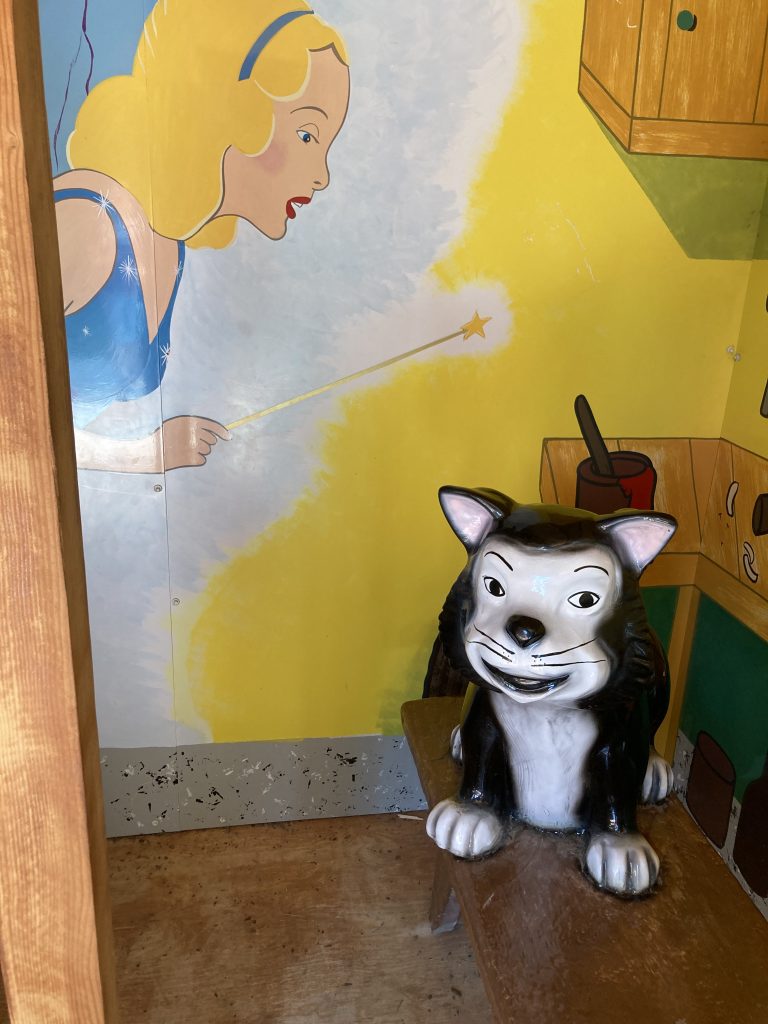‘A stretch of interstate might appear familiar for several reasons, the foremost being that, taken mile by mile, much of it looks the same. Far down on the list of reasons déjà vu might occur on the road is an accidental diversion to the site of ‘DARPA’s Abandoned Dream Stages’ from back when the agency was orchestrating and broadcasting dreams to the country’s citizens. Don’t worry: they’ve stopped doing that and they’ve hauled away most of the equipment. It’s just the dream stages, made nightmarish by time and decay and slivers of memory and bad intentions.’
It seems unlikely that anyone might accidentally arrive at the ‘Abandoned Dream Stages.’ They are ‘off the interstate’ in the way that anything technically is, which is to say that you have to drive about 45 minutes on increasingly questionable pavement to reach the edge of the site. That said, the edge of the site is hotly debated. Some people believe they’ve seen the road in their dreams. Some people say the same thing about the dense forest that surrounds it.
Most people have dreamt of the brown brick house so I pull up outside and step out of the camper to take it in. Seeing it in pictures hadn’t sparked anything and it’s as much a stranger in person. The next stop, further into the site, is a bridge where people dream of falling but I’ve been driving all day and decide to stretch my legs.
The door to the house is locked. The knob turns but someone has installed two beams on the door and frame to padlock together. The beams are strained and splintering, as though someone has failed to shoulder their way through. I try myself, half-heartedly, and with less than a quarter of a heart I check under the mat and, there, find the key to the lock, shining as though it were made yesterday.
The threat of government retribution is enough to make me cast about for cameras or for soldiers hiding in the shadows. When nothing stands out, I’m left to assume that the lock is for liability’s sake. Opening it is the equivalent of signing a waiver, in case I should experience bodily harm inside this aging building. I push open the door and then…
I have dreamed of the inside. The hallways. The rooms. I’ve more than dreamt of the brown brick house- this is my family home, the base of all my memories before this trip. It’s all as I remember it. A cracked pleather sofa. Gouged linoleum in the kitchen. The shadow of a smoke detector on the ceiling. Vague enough to be the home of anybody in a dream, only, I don’t have any memories of any other house. So, this has to be the one.
I walk up the stairs. I turn right down the hall. In my dreams, the house blurs the nearer I get to my room and the same thing happens now. The house is made that way. It’s painted and shaped to blur and the effect is so disorienting I have to reach out and touch the wall where the door should be but where, instead, is a swirl of wood and paint.
I stalk back out to the camper and return with the axe. The wall comes down easily- there is a door there, after all, hidden in the chaotic blurring. The door opens on a series of narrow passages that make up the space between the walls of the brown brick house, the sinister opposite to everything I thought I remembered about my life before this trip.
Maybe the Wayside has been routed in me longer than I realized.
-traveler





